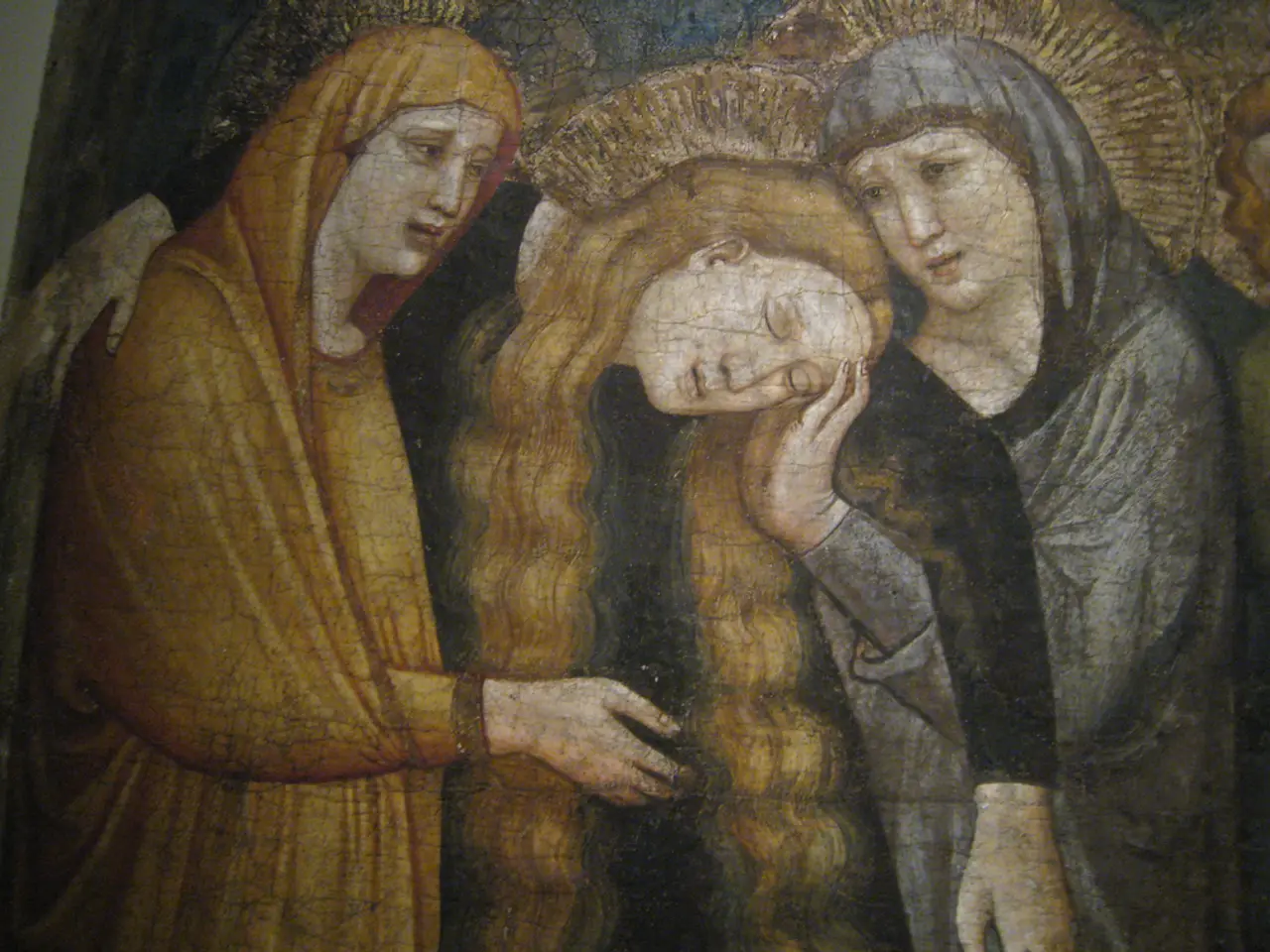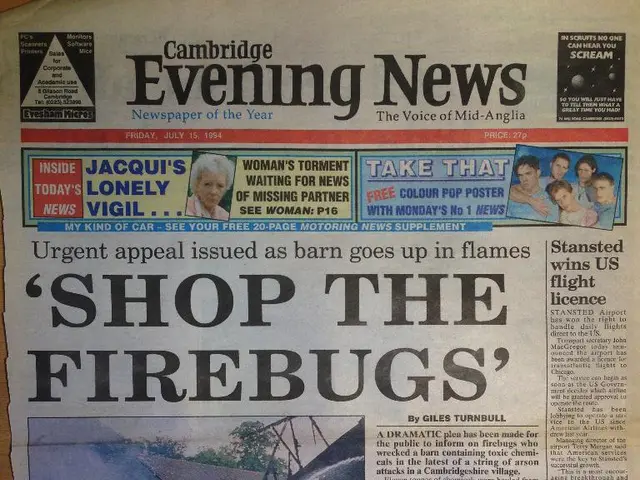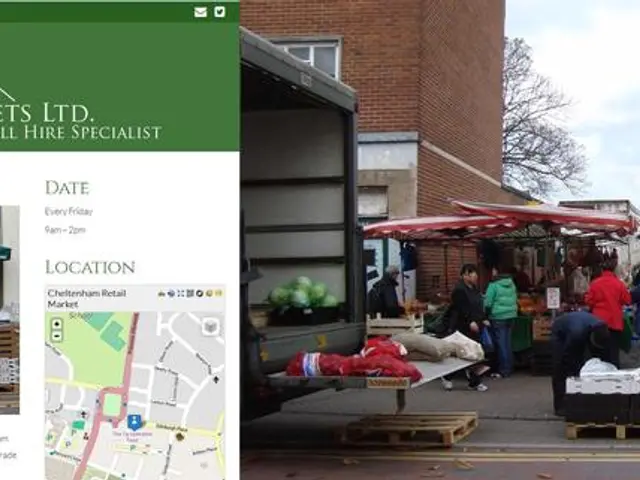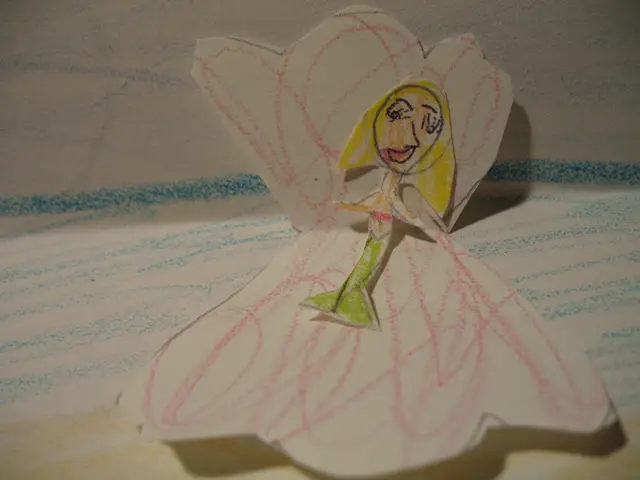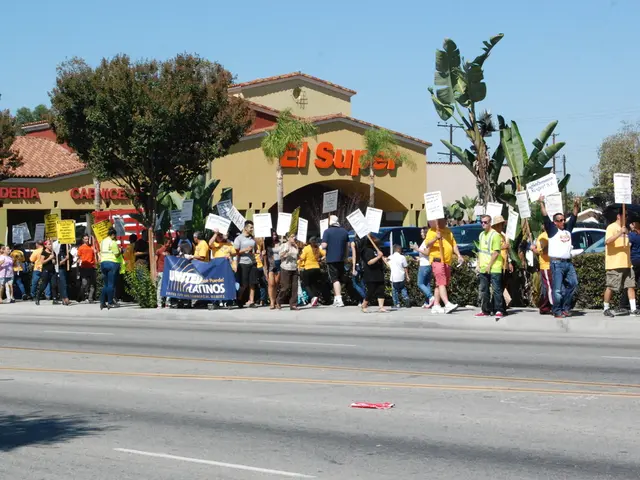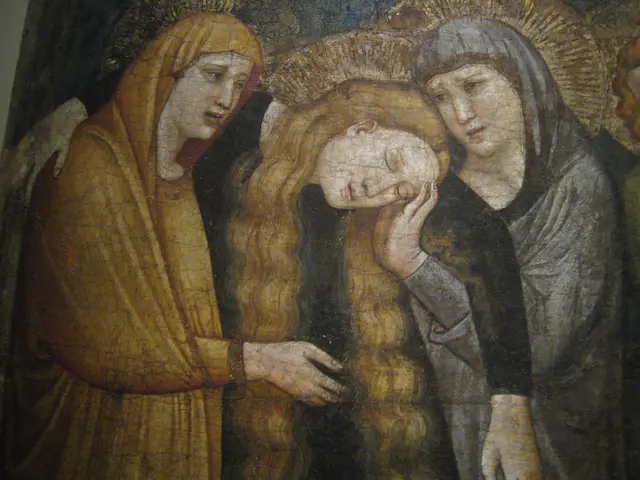Artistic Expressions Shaped by Cultural Impact
======================================================================
In the ever-evolving world of art, cultural influences play a pivotal role in shaping visual aesthetics, thematic content, symbolism, and emotional resonance. These influences inform the materials, techniques, and processes used by artists, leading to a rich tapestry of artistic expression that mirrors the diversity of human creativity.
Artists today are increasingly drawing inspiration from their cultural heritage, traditions, and lived experiences to create work that reflects their unique perspectives and engages with broader societal issues. This trend is evident in the growing emphasis on personal narratives and underrepresented voices within contemporary art.
Artists like Sasha Gordon, for instance, highlight queer diasporic experiences, continuing a legacy pioneered by Jean-Michel Basquiat of addressing racism and oppressive power structures. This trend enriches contemporary art with intimate yet universal storytelling, making identity central to creative expression.
Moreover, contemporary art functions as a critique of societal structures, addressing issues such as inequality, displacement, and environmental sustainability. Artists use their work to foster reflection, solidarity, and dialogue, amplifying historically marginalized perspectives and promoting social justice through their unique stylistic voices.
The preservation and promotion of cultural heritage—often via digital technologies like virtual reality and online platforms—enable artists to maintain historical continuity while pushing boundaries. This fusion of traditional practices with modern artistic approaches creates innovative artworks rooted in cultural identity but relevant to global audiences.
Advancements in AI, digital media, and immersive technologies offer new tools for artistic creation and cultural heritage preservation. Artists employ these to experiment boldly, transform dialogue, and expand the ways stories and identities are represented, responding to rapidly changing societal and technological landscapes.
There is a notable resurgence of figurative art focusing on the human form to explore identity, cultural heritage, and social justice. This reflects a renewed desire for authentic human connection amid digital transformation, with artists incorporating diverse cultural viewpoints and experimental techniques.
Influential contemporary artists like Cindy Sherman have reshaped artistic practices by critiquing the construction and performance of identity, especially in visual and digital cultures. Her work invites reflection on how personas are formed and consumed, a theme increasingly relevant in today’s digitally saturated environment.
With ongoing globalization and increasing interconnectedness between different societies, artists will have greater opportunities to engage with diverse cultural traditions and collaborate across borders. This interplay of cultures will undoubtedly continue to push contemporary art toward bold experimentation, transformative social engagement, and deeply personal yet globally resonant perspectives.
References:
[1] "Contemporary Art: Themes and Movements." Tate, www.tate.org.uk/art/art-terms/c/contemporary-art.
[2] "Cultural Heritage and Contemporary Art." UNESCO, en.unesco.org/themes/cultural-heritage/cultural-heritage-and-contemporary-art.
[3] "Identity and Representation in Contemporary Art." MoMA, www.moma.org/learn/moma_learning/identity-and-representation-in-contemporary-art.
[4] "Technology and Contemporary Art." The Metropolitan Museum of Art, www.metmuseum.org/toah/hd/tech/hd_tech.htm.
[5] "Cindy Sherman." The Art Story, www.theartstory.org/artist-sherman-cindy.htm.
Street art forms a significant part of contemporary art, often showcasing cultural traditions, lifestyle choices, and fashion-and-beauty trends within urban communities. For instance, murals depicting cultural heritage might illustrate traditional clothing, festivals, or ceremonies, educating viewers about a particular culture's identity and self-development.
Moreover, the integration of technology in contemporary art allows for innovative expressions of fashion-and-beauty, such as using augmented reality to create immersive experiences or digital platforms to showcase diversity in style. These avenues provide opportunities for global artists to share their cultural traditions with wider audiences and explore the intersection of artificial and natural aesthetics.
